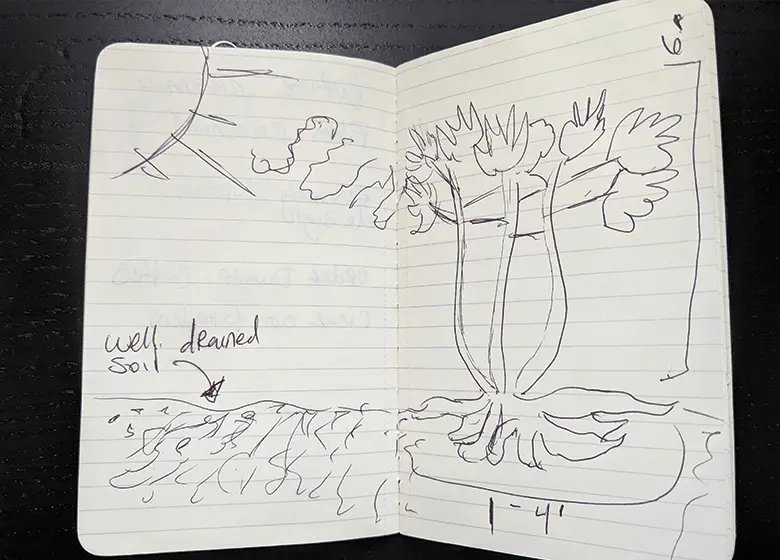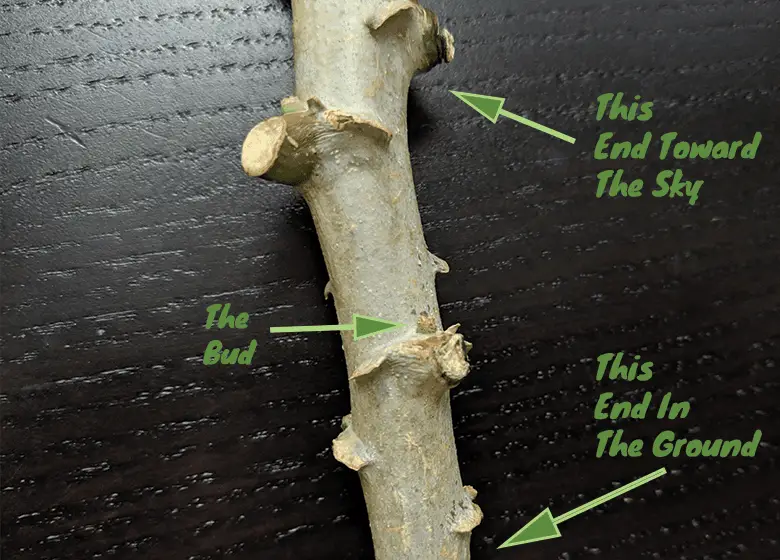Cassava, Also known as Yuca, is a staple crop for many tropical parts of the world.
But, can you grow Cassava in Florida?
Cassava is fairly easy for you to grow in Florida but I’ve found a few tips that I think are worth sharing. They that will make your cassava experience a better one.
When Do I Plant Cassava In Florida?
Since Cassava is a tropical plant it loves the warmth but despises the cold. The best time for you to plant in Florida would be early Spring time. This gives the longest stretch of warm weather possible for your area.
The exact time of year will be a little bit of a different time depending on which part of the state you are in.
- North: April
- Central: February
- South: February
These dates are a loose guideline. They are based on the average dates of the last frost. If you’ve noticed that your winter has been a warm one, you may be able to plant a little sooner than these recommended dates.
Or vice versa
If you’ve had a cold winter maybe err on the side of caution and wait a little longer to plant your cassava.
Cassava Growing Requirements
CAssava actually doesn’t require much to grow great.
- Warmth
- Sun
- Well drained soil
We definitely have an abundance of these requirements in Florida.

Cassava roots like to spread more than they do dig. They can expand out for anywhere between 1-4 feet.
So make sure that the plants have enough space between themselves as well as enough space from other objects, like your home or fence.
Cassava will usually be about 6 feet tall when it is ready for harvest.
Watering Cassava
When you first plant cassava you should check on it daily and water it.
you want to make it easy on the plant when it first starts.
As soon as the plant has developed a few branches, watering needs diminish.
If you needed to, you could water as little as a few times a month. But, with better care, you will get a better harvest.
Water lightly a few times a week and your cassava plants will appreciate you.
How To Plant Cassava
Cassava is best grown from cuttings. A cutting is just a small portion of the plants trunk.

When planting cassava it does matter which end you put in the ground and which ending is pointing up.
An easy way to tell which way is up is to look at the nodes on the branch, if there is a small bud above it that means that that way is up.
you do not need any kind of rooting hormone to plant cassava, although it wouldn’t hurt, rooting hormone is not necassary.
What Is The Best Soil For Cassava?
Another reason that Cassava is so great is that it does not need perfect soil to grow. It actually thrives in poor soil. Soil that is probably somewhat like
Most of Florida’s soil is sandy with poor nutrient content. Sandy soils make it easy for roots to expand
But, sandy soils also make it easy for water to escape.
However, these things aren’t a problem for cassava.
Cassava plants grow large tube-like roots. The roots are edible, so large roots mean a big harvest. Cassava also doesn’t mind a little drought.
But, a little compost and mulch never hurt.
Best Fertilizer For Cassava?
Cassava is not a very picky plant. You do not need a soil with lots of nutrients in it to produce cassava. This does not mean though that the plant does not benefit from fertilizing.
A study on fertilizing cassava shows that the plant reacted best to a well rounded fertilizer. Something that supplied moderate amounts of Nitrogen, Phosphorus and Potassium allowed the plants to grow larger leaves and larger roots.
A good all purpose fertilizer is perfect. Jobe’s Organics is a popular brand that offeres a 4-4-4 fertilizer that fits the needs. It can be found in lots of local nurseries or purchased on Amazon. (Check Price)
Warnings About Cassava
There is one major, super scary fact about cassava.
The thing is, cassava actually has cyanide in it. Lots of it. It’s in the leaves and the roots of this plant.
A little cyanide never hurt anybody…right?
Wrong. Dead wrong.
It sounds scary to purposefully grow a plant that contains cyanide. Really though, it’s not that big of a deal.
You can remove the cyanide by simply boiling it in water before you eat it. Or you can ferment the cyanide out.
Either way, after fermenting it or boiling it you can be sure that the plant is safe to eat.
How To Eat Cassava
The root is the major food source of cassava. The plant grows a large clump of roots which have a woody skin that can easily be peeled off with a knife.
It has a woody core that is also easy to remove by cutting into the root.
As mentioned above you must boil cassava before you can eat it but after
The leaves are also edible on the plant. The same rule applies, you must boil the leaves before eating them too. They are comparable to collards and are another reason why this plant is fantastic.
Where Do I Buy Cassava Cuttings From?
I got my cassava cutting from Ebay. They were $15 and I received 6 of them. This should be plenty for me. Within a year I will have more than I know what to do with.
Each plant will make multiple cuttings, who knows maybe soon enough I will have some for sale!
There are also a few etsy shops that sell cassava.
How Do I Take A Cutting From Cassava
Cassava plants grow like little shrubs. They usually have a few main branches coming up from the roots.
You can cut those off and cut them into 6-10″ long sticks.
Snip all of the leaves off as close to the stem as possible.
You can cut the bottom end at a slight angle and call it a day.
Taking cassava cuttings is really that easy. After that all you have to do is stick them in the ground!
Growing Cassava In Florida Is Easy
- Plant during the early spring, after the threat of
frost . - Cassava needs full sun, well-drained soil and warmth
- Cassava is best grown from cuttings
- Plants grow about 6 feet tall and roots can spread out for several feet.
- The roots and leaves of cassava are edible after boiling.
